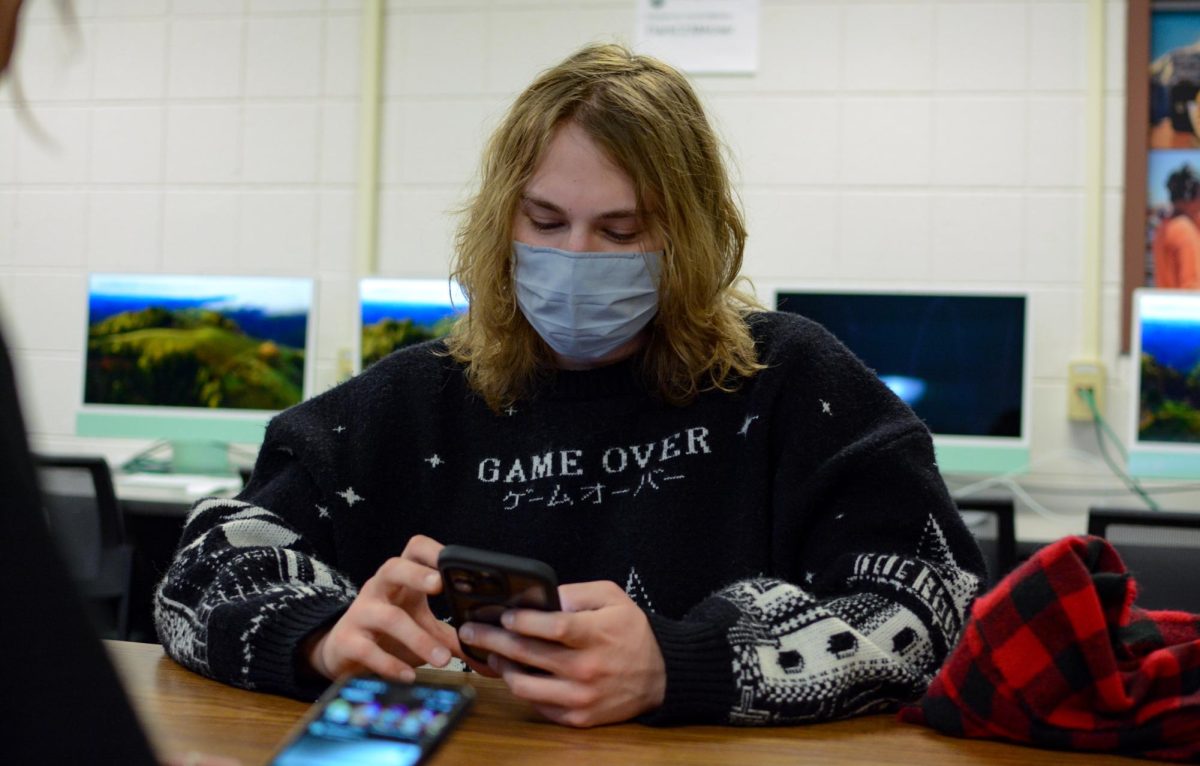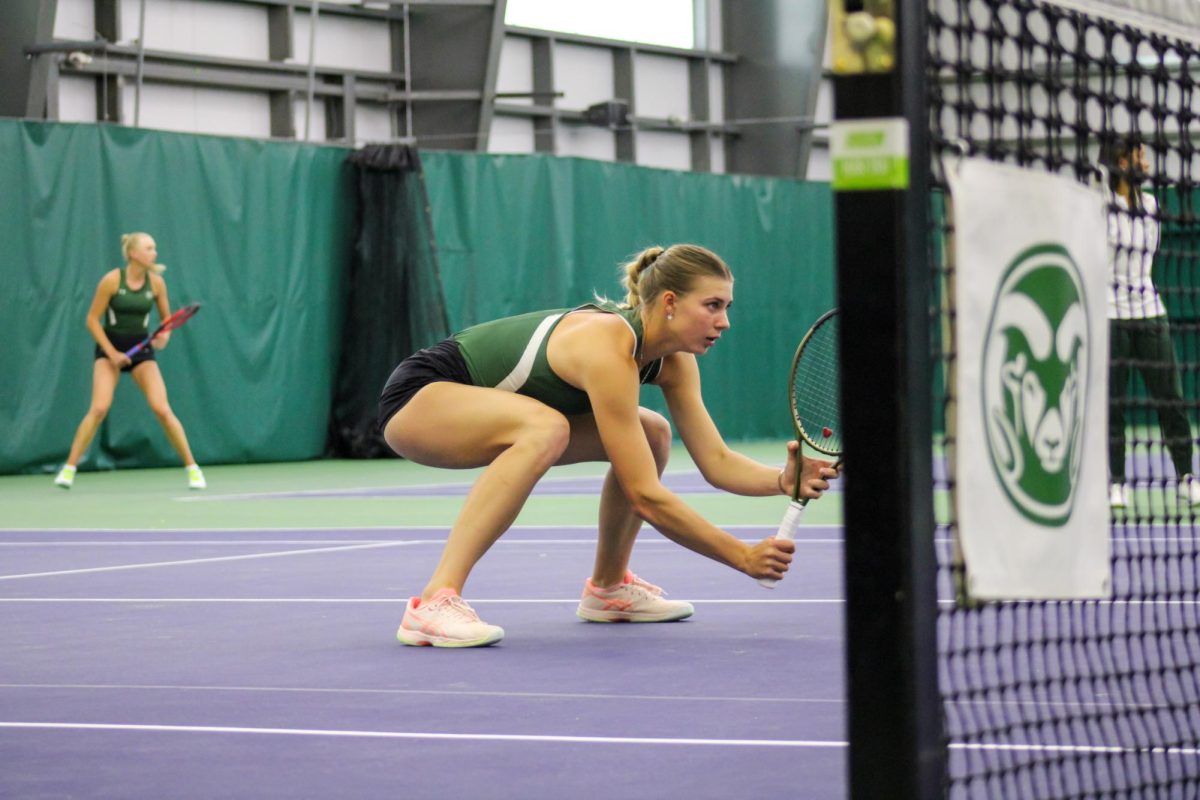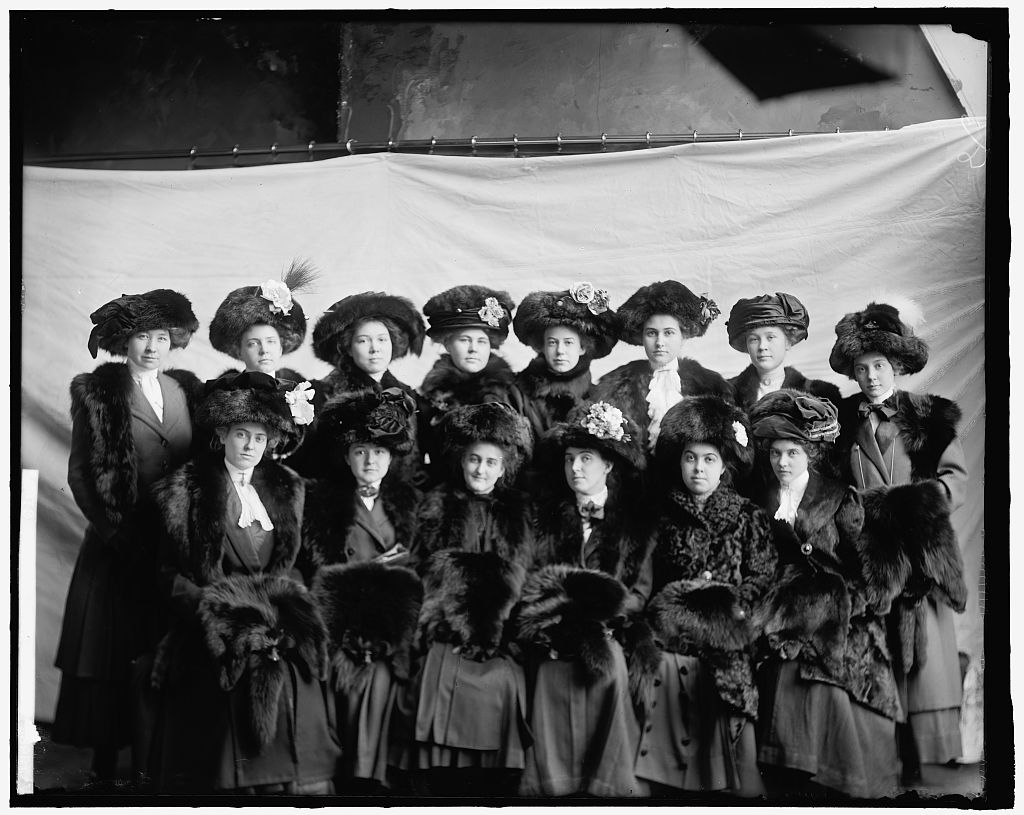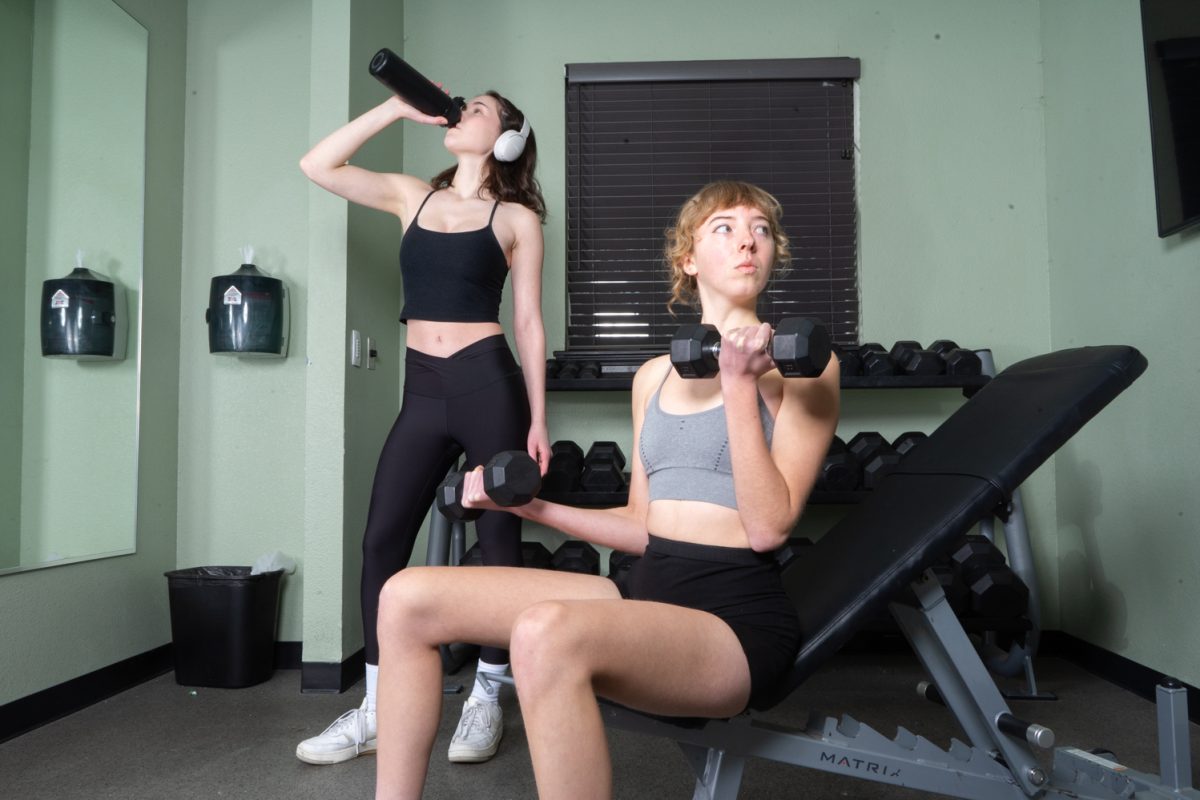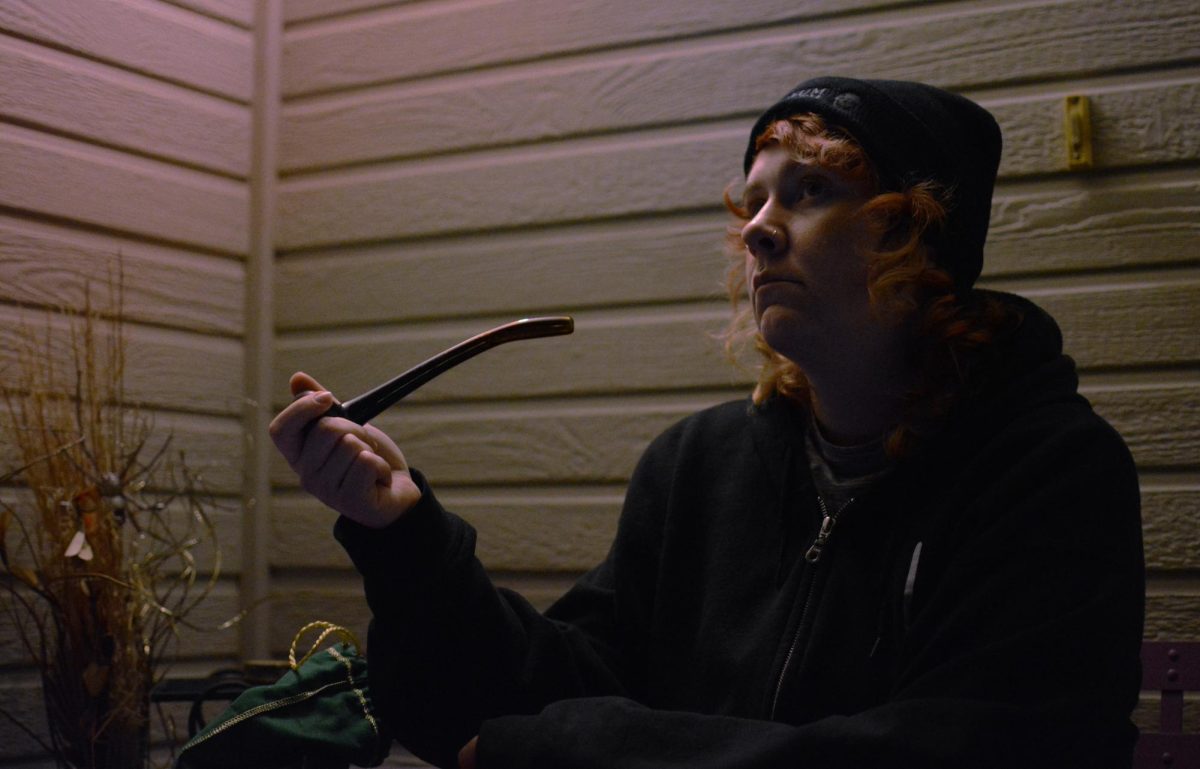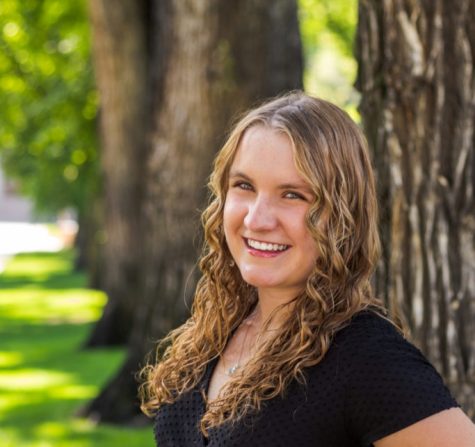A fear clouds the atmosphere of a classroom at Windsor Middle School in Colorado as students are told that they have been exposed to someone with the coronavirus disease (COVID-19) and must quarantine. Karen Young has to watch as her students receive the unfortunate news and are overtaken by emotions.
Young describes how her students were “afraid of being one of those who have to be quarantined. It was very heart wrenching, I guess, because they had the fear within them of having to be quarantined.”
She tried to help her students who experienced a spectrum of emotion, from the distress of being separated from their peers to the anger some felt at those who got sick.
“It was like a death sentence to me.” — Karen Young, teacher at Windsor Middle School
Placing students and teachers into quarantine has been one of many factors educators have had to face during the COVID-19 pandemic. Educators like Young have had to alter lesson plans, adapt to hybrid learning models, and take on an increased workload, all while trying to provide the best form of education possible for their students.
Young has been teaching for 21 years and currently teaches pre-algebra, seventh grade math and computer programming to sixth and seventh graders at Windsor Middle School. Since the fall of the 2020 school year, she has had an extensive amount of experience teaching online, in-person and hybrid classes due to COVID-19.
At one point in her semester, Young’s seventh grade students had to be quarantined; however, since she had not been in close contact with the case that affected the seventh grade class, Young was able to continue teaching her sixth grade students in person. At this point, she was teaching an online and an in-person class at the same time.
“I was able to cover so much more with the in-person learning than the online students,” Young says. “So that was very hard for me as a teacher, you know, to not be able to see my students and teach them in-person.”
While Young gave the same instruction in person and online, she pointed out that “you don’t see how students struggle, their facial expressions, like you would have seen in the classroom in-person learning.”
Not only does Young face the challenge of creating engaging lesson plans for both online and in-person classes, but she also faces the obstacle of teaching math online. Math concepts can be difficult to grasp in a normal classroom setting for some students. When a screen is placed in between a student and their teacher, the hurdle is heightened. Young approaches this barrier by finding different things to engage her students online.
“When you come to remote learning you’re not with the students and you still have to cover these concepts,” Young explains. “So you have to try different things, like I need to find a video or I need to create a video for students to view and then practice the concepts.”
The wall blocking students from learning grows taller when students don’t have access to the internet or a computer. The United States Census Bureau has been conducting surveys since July to find out how many households have internet access. An article written on the research stated that as of Sept. 20, 2020 the survey has concluded that 4.4 million households with students do not consistently have access to a computer while 3.7 million households lack internet entirely.
As a consequence, online learning models can affect many children who don’t have internet access missing out on content. This creates a problem for educators as they can only do so much to reach students virtually.
“With the pandemic in general everybody has these different beliefs about science or you know herd immunity, a vaccine, we’re never going back, you know, that kind of stuff.” — Anonymous executive director in Boulder Valley School District
Young is one of the many educators who has faced the ever multiplying list of changes and obstacles that were presented in 2020. While the year brought a variety of challenges stemming from online learning, educators have done their best to meet these needs.
The entire structure of a school day was altered. In many schools students were put into cohorts, meaning they spent every class and their lunch with the same group of students and teachers.
Young was also subjected to the unease of quarantine last semester after coming in contact with someone with COVID-19. The Colorado Department of Public Health and Environment defines a classroom or cohort outbreak within a school as: “Two or more confirmed COVID-19 cases among students/teachers/staff from separate households with onset within 14 days in a single classroom or cohort.”
Similar to many, Young felt the psychological effects of their quarantines. Young’s distress and struggle to not be with her students was the hardest part of her quarantine.
“It was like a death sentence to me,” Young says. “Because it was so good to be there for my students and I couldn’t believe it happened to me. It was somewhat emotional for me.”
While each educator felt the impact of quarantine, they related to emotions that hundreds of students have felt as school outbreaks result in cohort quarantines. In the Science Direct Journal, Samantha K. Brooks et al. analyzes a study done on the mental impacts of quarantine in their paper “The psychological impact of quarantine and how to reduce it: rapid review of the evidence.”
The study involves two groups of medical workers: one group is quarantined for nine days while the other is not. The article reported that the participants of the group quarantined “were significantly more likely to report exhaustion, detachment from others, anxiety when dealing with febrile patients, irritability, insomnia, poor concentration and indecisiveness, deteriorating work performance, and reluctance to work or consideration of resignation.” The study also analyzed post traumatic stress rates in adults and children quarantined and found that children who were quarantined had post traumatic stress rates four times higher than those who were not.
Quarantine adds to the challenges of student engagement and creative online lesson plan development for teachers, altogether keeping students from effective learning.
The inconsistency of the model for educating students also changes as some students transition in and out of quarantine. The change of schedule and routines throws off school work as well as mentalities.
Not all changes are negative though: many school districts such as Mapleton Public Schools, St. Vrain Valley School District and Boulder Valley School District have created schools entirely online.
Molly Pevler has been teaching elementary school for 14 years in person in addition to teaching Chinese students English online; now she is teaching first graders at Mapleton Online. Due to this, Pevler has experience with using remote technology.
However, just as in a normal classroom, obstacles can still appear. Pevler describes how at first, her first graders had problems logging into the meeting. “That was probably the hardest part for the first two and a half weeks,” she says. “It really limits what I do now also because like we can do things on Google Slides and stuff, but they’d have to be able to log in to do that and so I choose to stay away from it.”
While facing obstacles like these, Pevler has been able to shape lessons for her students mainly through small group time where she can work with her students more directly as opposed to the chaos that ensues over a virtual meeting with the whole class. Pevler and her students also don’t have to face the fear of being sent to quarantine or the rapid changes currently felt in the in-person classrooms at the moment.
While Pevler’s class is able to learn with the consistent model, there are still downfalls to this form of learning.
“Socially I think that they’re going to be behind their peers,” Pevler shares her observations. “Because in first grade is kind of when they’re learning like social expressions, social boundaries, stuff like that.”
While students are currently impacted by the change in teaching from the pandemic as the instructions shifts and alters, they are also still being impacted by the end of 2020 spring semester.
“As a result, they didn’t get the full curriculum that they should have received last year, so we are doing catch up work,” Young says.
This catch up work has created more content for teachers to present to their students over challenging platforms. Teachers are not the only educators with an influx of information to distribute and people to support this year.
An executive director in Boulder Valley School District, who asked to remain anonymous, supervises and coaches 15 elementary, middle, and high school principals. Her principals have been managing all of the state safety precautions, running a school, and trying to support their staff emotionally. She describes that principals are faced with redefining their expectations, teacher meetings, and structure of their schools in addition to trying to meet teacher needs.
“With the pandemic in general everybody has these different beliefs about science or you know herd immunity, a vaccine, we’re never going back, you know, that kind of stuff,” she describes. “So they’re dealing with teachers on all of those spectrums.”
Since March, school principals have been facing questions about the pandemic and what school will look like. When the cases rose again in November, principals were called into multiple meetings to discuss what the district would do while preparing their staff the best they could.
“And then the other thing is, I think a lot of them are managing their own personal lives,” she says about what principals are facing. “I think that that’s the other thing is they’re manning their own family life and dealing with a pandemic.”
Principals, teachers, instructional guides and administrators are all educators racing to provide their students with the best education they’re able to while facing personal problems within a pandemic. Among the chaos, challenges arise in a seemingly constant fashion in this time.
When the doors to the semester closed for winter break, educators were able to take experiences from last year and learn from them. The executive director and her team have taken feedback from staff to improve on learning methods, Pevler has been able to deliver instruction to her first graders, and Young has worked tirelessly to create different lesson plans to prepare for which model of learning her class will endure. Teachers like Young have been facing a constant set of obstacles since March of 2020 from Zoom calls to quarantines to social distanced and masked class periods, but like Young, many still harbor a deep passion for their students.
“The pandemic has been challenging,” Young leaves as a final thought. “Not being able to connect with students on a daily basis has been difficult. However, being teachers, we are always here to look out for our students. Therefore, we do what we can to help students have the best experience under the current circumstances, whether it’s hybrid or remote.”
While a fear of contracting the virus, being sent into quarantine, and wondering what the future will look like seems to hang in the air, educators are working their hardest to shove clouds of terror away from their students and guide them as best they can.


